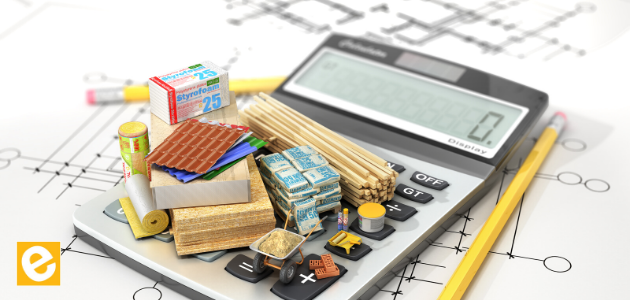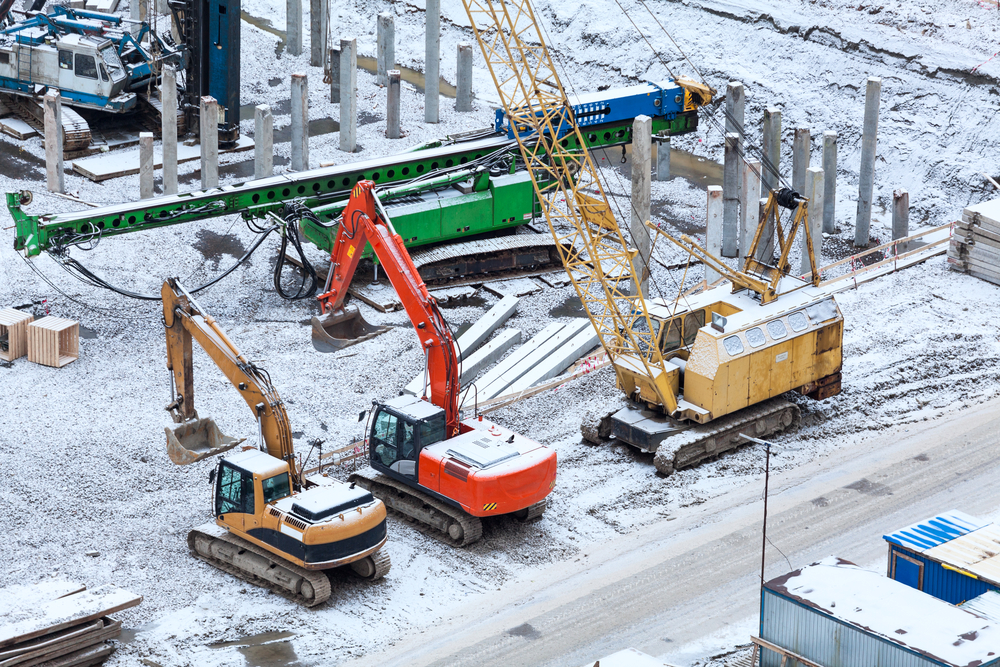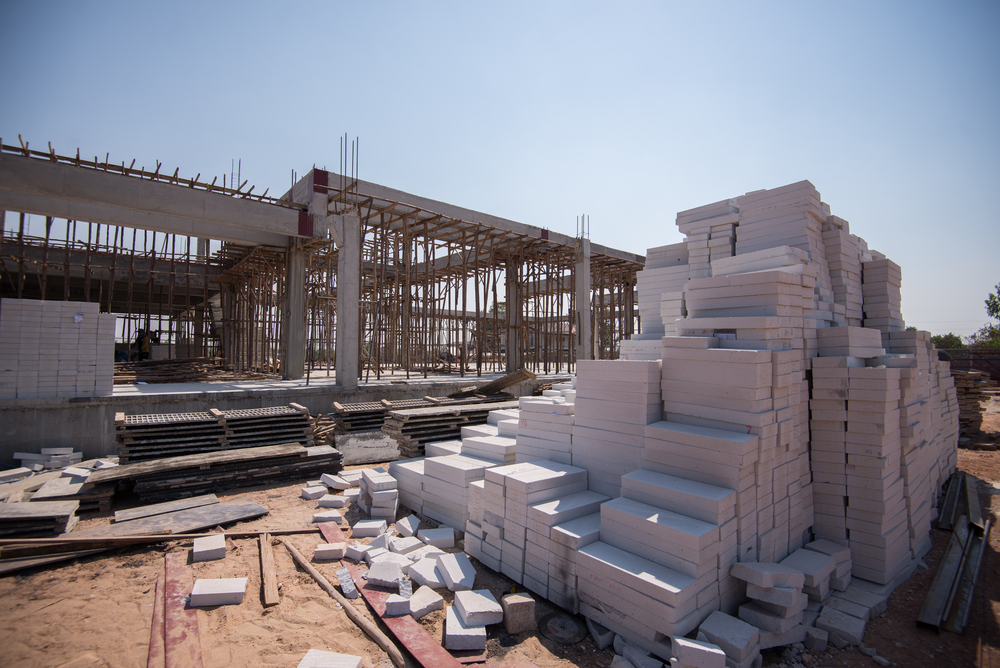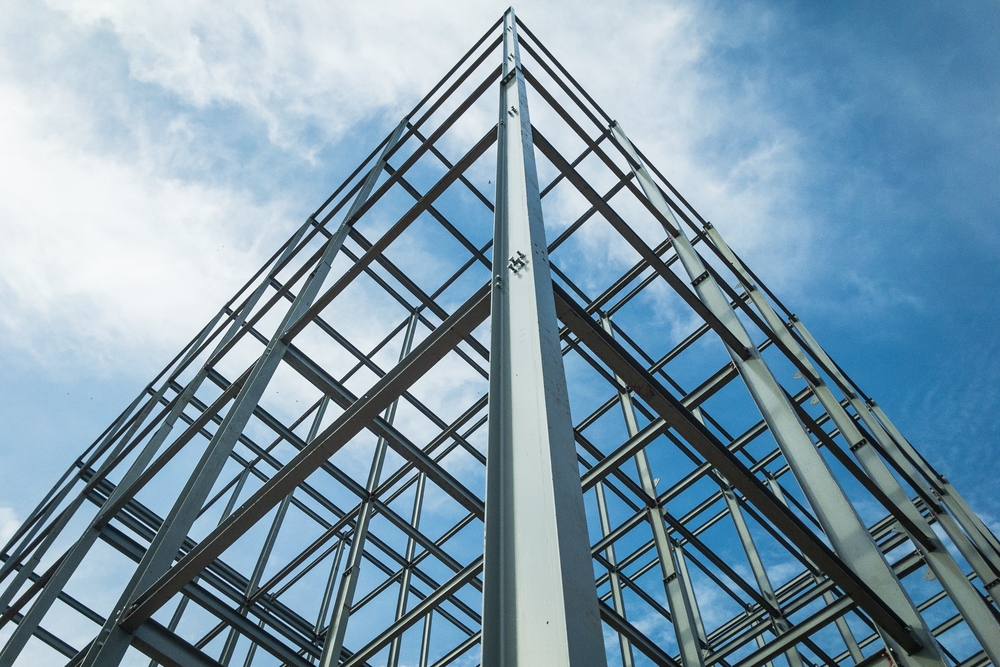
How to Reduce Construction Costs
With local economies improving in many places around the world, the number of new commercial construction projects is growing. Managers for commercial construction projects have many tasks to handle at once, especially when the number of expected projects to complete is continuously increasing. Construction project managers must do market research, communicate with the owners of the project, and, most importantly, orchestrate a team of subcontractors to build it. They must determine where to allocate the budget and must be able to predict potential issues before they become costly realities. With the increase in the number of projects contractors are completing, reducing construction costs is critical. There are several ways that managers can save money, and these are a few useful tips to get started:
Table of Contents
1. Inventory Timing
As it is with many other goods that you can buy, building materials tend to be more expensive at certain times of the year. It varies based on the type of material. For this reason, planning your project as far in advance as possible is critical. If you have planned similar projects, you probably know when the materials that you need are priced the lowest. You can buy them at an ideal time and store them until the project’s start date.
To pick an ideal start date, consider the type of project and your location. Weather is especially influential with outdoor construction projects. Do some research to find out when the busiest months of the year are in your area for your specific type of project. Depending on how long you anticipate your project to last, try to choose a time frame a month or two before that.

2. Evaluate Cost of Different Materials
Before you decide on building material, carefully consider your options. Choosing a different material may help save you money and may yield some extra benefits. These are a few common choices:
Concrete/Brick – While brick has an attractive and timeless look, concrete is more affordable. With brick, concrete, and stone, the materials are heavier and require a deeper foundation to support the weight, creating a sturdy and long-lasting foundation. Although these materials are more resistant to rot than wood, they can develop mold growth in climates with more moisture. Make sure to take into account the location of your job site and review some ways to prevent mold from growing. In addition to potential mold growth, porous brick, stone, and concrete are not ideal for areas that are prone to earthquakes.

Wood – Contractors often choose wood for smaller buildings and single-story structures. It is not as dense and may not be as expensive to transport as brick and stone. Some people prefer the look of wood. As demonstrated with older houses that still stand, wood can last for centuries if it is properly maintained. However, wood is also susceptible to damage from moisture-related rot and termites. If any of these problems happen, it can destroy the entire investment.
Metal – In comparison, a commercial metal building’s initial costs may seem more expensive than those using different materials. However, it’s valuable to consider long-term maintenance costs when planning your next construction project. For example, metal requires less maintenance over time, which means that your long-term costs can be lower. Also, some prefabricated buildings reduce labor demand. Wood and metal are more flexible than stone and brick, which means metal can be an ideal choice for earthquake-prone places. When it comes to long-term value and staying on schedule for project completion, steel is often the more efficient material choice. With proper maintenance, a commercial metal building may last a lifetime.

3. Negotiate Labor and Material Rates
When it comes to finding a contracting company and a supplier, spend plenty of time researching and comparing. Be sure to choose contractors with good ratings or verifiable references. In some cases, contractors may offer reasonable prices for procuring supplies. However, the suppliers that they work with may not offer the best rates. If they say that they can order supplies for you, ask for a printed breakdown of the costs.
Contact other suppliers to see if they offer lower or higher rates. If you find a better rate from a supplier that you do not think is preferable, ask your preferred supplier to match the price. Also, ask about other discounts. For example, a supplier may offer a quantity discount if you meet some specific order volume terms or other requirements.
4. Pick the Right Type of Contract
To determine the ideal type of contract for your project, research the AIA contract examples. Researching different types of contracts will help you identify some critical inclusions for your company’s size. There are several forms of contracts, as well. The right choice depends on the details of your project. For example, if you cannot accurately determine the scope of your project, a time and materials contract may be better. With this form, you can set an hourly or daily rate.

If your contractor is providing supplies and labor, a fixed-price contract may be better. With this type of contract, the scope of work and completion schedule are clearly defined. Contracts help an owner transfer the risk to the builder and prevent many unexpected expenses during the project. There are also other types of arrangements. Since the specifics of each option are extensive, it helps to do your research and talk to an attorney. An attorney can help you determine if there are any weaknesses in the contract or if you should add anything extra that pertains to your specific project.
As your project progresses, be sure to keep track of every expense. Also, track productivity carefully. To help you save time and money, utilize helpful apps and technologies that are designed to support a favorable outcome for your project.